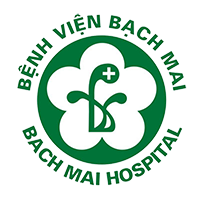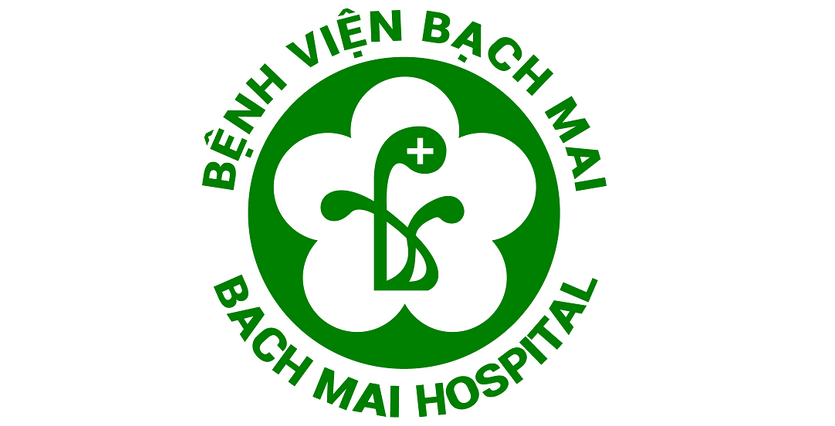Bệnh viện bạch mai * Bach Mai Hospital
Tạp chí Y học lâm sàng * Journal of Clinical Medicine
Website : www.jocm.vn Email : jocm@bachmai.edu.vn Phone : +84947040855
Diagnosis and management of tuberculosis among healthcare workers at a tertiary hospital in Vietnam
- Mã bài báo : EN0805
- Ngày xuất bản : 19/07/2021
- Số trang : 60-77
- Tác giả : Tran Thu Trang
- Lượt xem : ( 613 )
https://doi.org/10.52322/jocmbmh.07.en.09
Introduction: Tuberculosis (TB) is an occupational hazard for health care workers (HCWs) who are at greater risk of developing TB than the general population.
Objectives: The objective of this study was to describe the diagnosis and management of TB among HCWs at a tertiary hospital, Vietnam.
Material and Methods: A cross-sectional study was conducted at Bach Mai Hospital, Viet Nam. It is the biggest tertiary general hospital in Vietnam with 4000 employees. Medical records of personnel with TB infection from 2010 to 2019 were reviewed to determine the newly diagnosis and management of TB infection and collect the data of socio-demographic characteristic, medical histories, disease history, comorbidities, lab-tests and treatment outcomes.
Results: In nine years, 34 personnel were diagnosed with new onset TB disease. The most common of TB infection was pulmonary TB (64.7%). The infection rate in females was higher than in males. Nurses had the highest proportion of infected personnel (67.7%), following was in TB in doctors (17.7%). Among HCWs with TB had sensitivity to all first-line drug with 85.3%, resistance to any one of the first line drug of 8.8%, and multidrug-resistant TB (MDR-TB) of 5.9 %. The success rate at end of treatment was 97%.
Conclusions: TB is a major occupational hazard in Bach Mai hospital, VietNam, where a great potential exists for further development of an effective infection control plan.
- Chủ đề : Respiratory Diseases
- Loại bài báo : Original Research
- Chuyên nghành : Clinical Medicine
 Thông tin liên hệ : Vu Van Giap
Thông tin liên hệ : Vu Van Giap Email : vuvangiap@bachmai.edu.vn
Email : vuvangiap@bachmai.edu.vn Địa chỉ : Respiratory Center, Bach Mai Hospital
Địa chỉ : Respiratory Center, Bach Mai Hospital
- Từ khóa :
- Tuberculosis
- health care workers
Bài báo liên quan
- Case report: CMV colitis in patients with prolonged bloody diarrhea
- Characteristics of lactic acidosis in patients with acute poisoning due to drugs and chemicals
- The role of direct antiviral agents for the treatment of chronic hepatitis C in special populations
- An overview of diagnosis and treatment for eosinophilic meningitis caused by parasitic infections
- Fungal infections in HIV/ADS population: A review of epidemiology, diagnose and treatment options
- Diagnosis and management of tuberculosis among healthcare workers at a tertiary hospital in Vietnam
- Escherichia coli necrotizing fasciitis and sepsis: A case report and review of literatures
- The first case of strongyloidiasis larvae in the peripheral blood at Bach Mai Hospital
- A case report of Nocardiosis cerebral abscess in an HIV patient in Vietnam
- A case report of progressive disseminated histoplasmosis in Vietnam
Bài viết mới nhất
- Tạp chí YHLS BVBM được phê duyệt mức điểm 0,75 trong Danh mục tạp chí khoa học được tính điểm năm 2024 của HĐGSNN
- Thư mời gửi bản thảo cho số tiếng Anh năm 2023 của Tạp chí Y học lâm sàng
- Chúc mừng Ngày Báo chí Cách mạng Việt Nam 21/06
- Giải thưởng Đặng Văn Chung: Tôn vinh giá trị sáng tạo và Nghiên cứu khoa học
- Quy định về định dạng bài báo theo định dạng chuẩn quốc tế

 File toàn văn
File toàn văn



